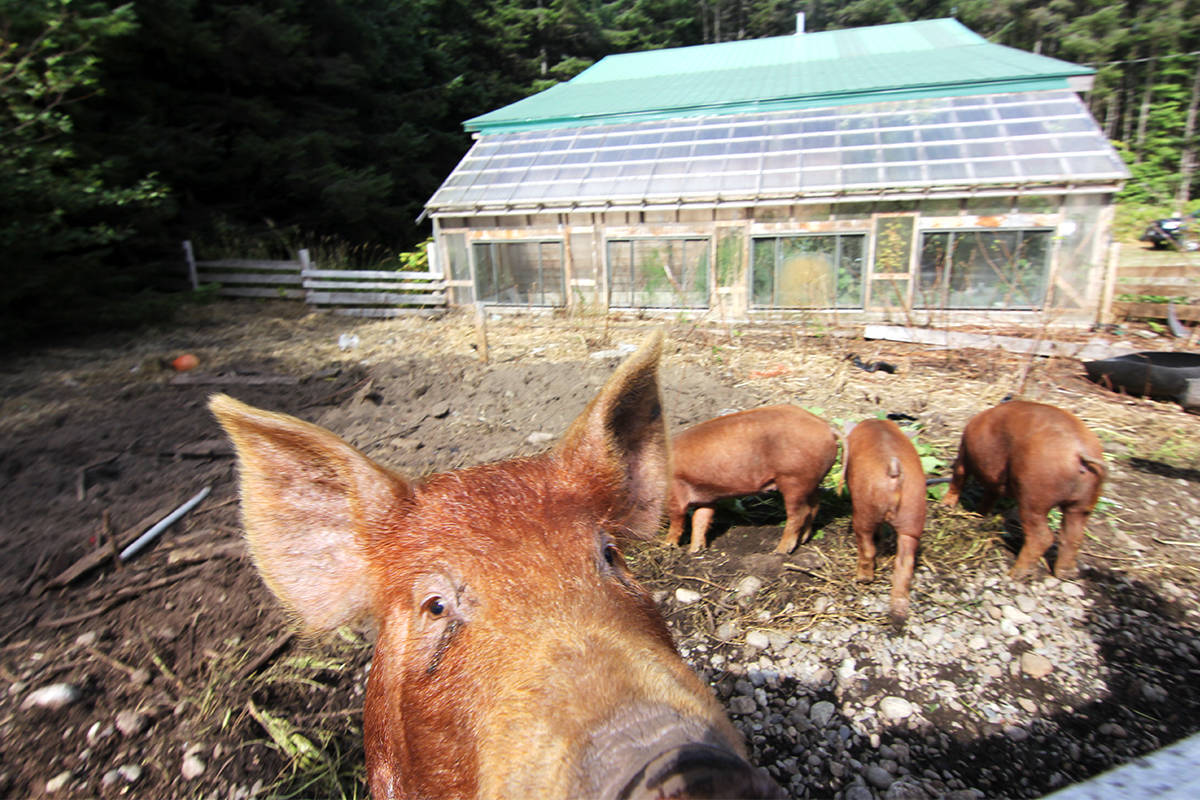A 400-head hog farm in Alberta was found to have the deadly porcine epidemic diarrhea (PED) virus.
It’s the first time the disease, that causes diarrhea and vomiting in pigs, has been found in Alberta, states a press release from Alberta Pork.
“In nursing pigs, PED can cause up to 100 per cent mortality,” states the release.
“Alberta Pork is working closely with Alberta Agriculture and Forestry to fully investigate this outbreak and prevent the disease from spreading further.”
While the disease affects pigs, it doesn’t pose a risk to human health.
“This incident has not caused any food safety concerns, and pork products remain safe for consumption,” states Alberta Pork.
“The virus is spread by the fecal-oral route, with the most common source being infected feces coming onto a farm with various surfaces that can transmit the virus.”
The last time this happened was in January 2014 at a swine farm in Ontario and Alberta Pork has been working diligently to curb any issues with PED. In October 2018, the association issued a biosecurity assessment in an effort to educate and help control farm access.
Within the assessment, Alberta Pork noted that while the number of ‘no gates’ remained high, signage at gates and all entrances increased at Alberta hog operations.
“Gates create an obvious barrier between your operation and unwanted visitors, including people and animals, while signage informs everyone entering the property about the restricted and unrestricted areas of your farm,” states the October release.
There were also PED cases in Manitoba, Quebec and Prince Edward Island.
“Strict biosecurity protocols are of utmost importance in limiting the impact of disease in agriculture,” states Alberta Pork. “It is especially critical during this outbreak that producers consider enhancing biosecurity on-farm and in animal transportation. Producers are encouraged to submit all swine manifests, including farm-to-farm movements, in a timely manner.”
Hog producers are asked to consider their biosecurity measures and also realize that any place off-farm, such as an abattoir, can be a potential source of bringing in the disease.
jeff.heyden-kaye@ponokanews.com
Like us on Facebook and follow us on Twitter



